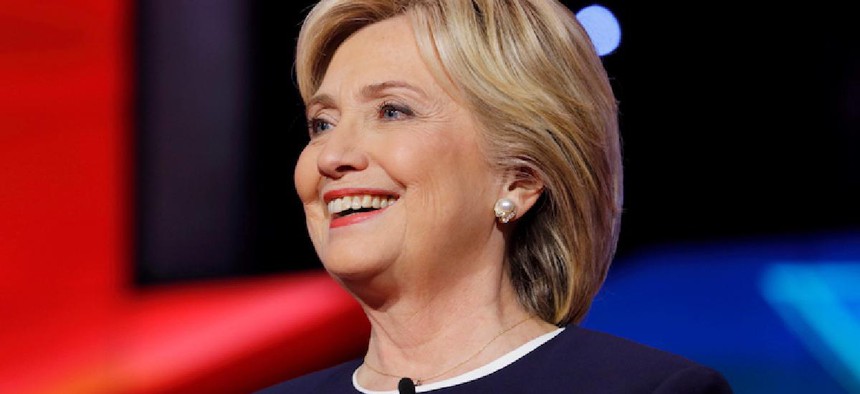Every election cycle, the most likely thing about likely voter polling is inaccuracy.
The accuracy problems of the likely voter surveys did not begin this year with New York. They began in Iowa, where none of the public-polling firms accurately projected both parties’ caucus results, and reached their zenith in the Michigan Democratic primary, where pollsters projected double-digit Hillary Clinton leads, but Bernie Sanders ultimately won a tight contest. The Ohio polls projected a tight Clinton-Sanders race, but Clinton won by 14 points – 57 percent to 43 percent for Sanders.
In New York last week, only the Baruch poll for NY1 correctly projected Donald Trump to hit 60 percent, while most pollsters underestimated John Kasich (who garnered 25 percent) and overestimated Ted Cruz (who got a mere 15 percent). Meanwhile, the Baruch poll significantly underestimated Clinton’s support, incorrectly projecting her doing better upstate than downstate, when in fact Clinton carried 63 percent of the vote downstate and garnered just 47 percent of upstate votes.
Most of the pre-primary likely voter polling in New York state (Siena, PPP and CBS/YouGov) put Clinton’s lead at about 10 points. With one exception, none of these public polls captured the reality that Mrs. Clinton was heading toward 60 percent in the state (she defeated Sanders 58 percent to 42 percent, in a near record turnout). Only the Marist Poll correctly projected both candidates’ standing when they showed it a 57-40 percent Clinton lead a week before the primary. Interestingly, Marist used the one methodological step that the Pew Research Center has found most improves the accuracy of likely voter sampling: matching it against the actual list of registered voters.
Even the exit polls in New York were wrong on the Democratic side. They showed Clinton ahead of Sanders by only 4 percent when she won by 16 percent. The exit polls underestimated the share of the vote cast in New York City – exit polls had the city’s share of the statewide vote at 48 percent when it was actually 51 percent, with Clinton carrying the five boroughs 63 percent to 37 percent. They also dramatically undercut Clinton’s suburban margin (Clinton carried the four downstate suburban counties by 62 percent to 38 percent, whereas the exit polls put her suburban lead at only 52-48 percent).
Then, in the special election for the 9th state Senate District in Nassau County, the final Siena poll of likely voters projected Republican Chris McGrath ahead of Democrat Todd Kaminsky by 8 points (51 percent to 43 percent), when Kaminsky won 50 percent to 49 percent, with 1 percent going to Laurence Hirsch, the Green Party candidate.
As an aside, the folks at the Siena Polling Institute are smart, transparent and principled, but Siena’s likely voter surveys have suffered a recurring problem over the years. Sometimes the Siena data is spot-on (e.g., the 2013 Nassau County Executive’s race or Brian Foley’s large win over Caesar Trunzo in the 2008 Suffolk County state Senate race) but at other times their samples are fatally flawed (e.g., the 2009 Nassau County Executive’s race and the 2013 mayoral primary in Rochester, where Siena had Lovely Warren losing in a landslide, when she won by a landslide).
Nor is this a problem of recent vintage. In 2009, all the likely voter polls were wildly inaccurate, projecting New York City Mayor Michael Bloomberg to win a third term in a landslide, when Bloomberg beat Bill Thompson by only 51 percent to 47 percent.
I have great respect for the science of polling. In truth, it's difficult to project primary races in states like New York, where turnout varies dramatically from year to year and where the landslide margins within ethnic, racial and religious blocs are tricky to chart. Nevertheless, it is up to the pollsters to tighten up their sampling methodology if they expect the media to continue presenting their data as authoritative. Until those new methodological standards are in place, the media should present the public polling data as interesting, rather than dispositive.
The time for change in terms of how polling is reported is long overdue. If those changes are not made, another embarrassing “Dewey Defeats Truman” moment awaits both the pollsters and the media.
Bruce Gyory is a political and strategic consultant at Manatt, Phelps & Phillips LLP and an adjunct professor of political science at SUNY Albany.


